Introduction
In my last blog about the Subway feature in Zion, I mentioned that I would be writing a follow up blog about animals in the left fork of North Creek on the way to the Subway feature. This is that blog.
On my first trip to the Subway, I had only taken my landscape lens. But along the hike, I was fascinated by all the different types of Damselflies and Dragonflies I had seen along the way. I had wished I had a longer lens with me, so I decided to return about a month later carrying my long wildlife lens to really capture the animals along the left fork.
The lens I brought, the Canon RF100-500mm F4.5-7.1 L IS USM, has a very good minimum focusing distance and therefore can function as a decent macro lens as well as for longer distances. This was a great choice because most of the animals I observed are small, nothing larger than a medium sized bird. It is light enough to hand-hold, and unlike a lighter macro lens, allows you to keep enough distance from the animal to not scare it away.
The first thing that struck me on my second trip, compared to the first, were all the small toads! They were all Red-spotted Toads only about 1/2 inch to 3/4 inches long. I did not see any on the first trip, so they must have just come out of the water after changing from tadpoles to toads.
I will present all the animals in just a few groups below with a gallery of photos for each group. (Click on a photo to see it full size.) Enjoy the galleries!
Insects
Damselflies & Dragonflies
The thing that had attracted me so much to these were the brilliant colors including brilliant blues, emerald greens, and ruby reds. And they were everywhere along the creek.
(Note, in the captions I have tried to name them to the species level if I can, but I may have incorrectly identified some. All of the names I used have been observed in this area. Please let me know if you think I am wrong on any identifications.)
Other Insects and Arachnids
Besides Damselflies, there are a variety of other insects and arachnids throughout the area, including an assortment of butterflies, several kinds of wasps, a species of bee fly, grasshoppers, beetles, water striders, and spiders.
There is an interesting factoid about Bee Flies. They are not bees, but actually a fly that mimics bees. They do not sting or bite humans, so they are quite safe unless you are a bee. That’s because they lay their eggs in bee nests and when their larva hatches, they feed on the bee larvae in the nest.
Birds, Mammals, Fish, Toads, and Lizards
There are also a number of small vertebrate animals including squirrels, birds, fish, toads, and lizards. Two of the most interesting birds I observed there are the American Dipper and the Canyon Wren.
The American Dipper is quite fascinating. It is a type of songbird, and it is the only aquatic songbird in North America. It lives by streams like this one. To hunt, it will dive into the water, get fully submerged, hunt for aquatic larvae on the bottom and stay underwater for extended periods before flying up out of the stream.
The Canyon Wren, in my opinion, has one of the most beautiful calls of all the songbirds. You may have heard it if you live in the Western US or Mexico and spend time in canyons hiking. The call starts out with rapid high-pitched chirps that slowly descend in tone and slow down as they descend. In the canyons, they can be heard from quite a distance away.
Resources
- To find out more about Zion, visit the National Park Service Zion Page.
- For more information about the Subway feature itself, click here.
- The Seek App by iNaturalist is a great app to help identify animals and plants.

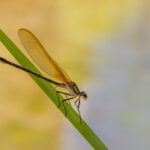
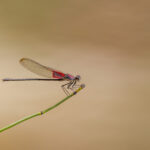
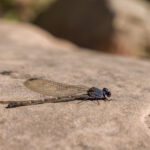
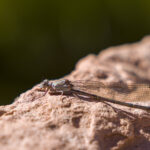
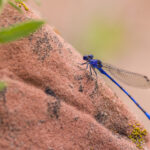
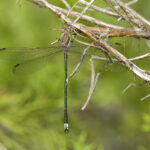
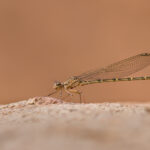
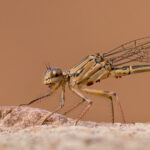
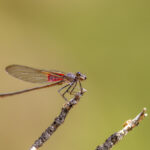
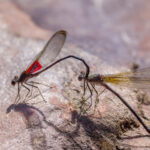
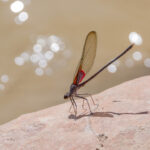
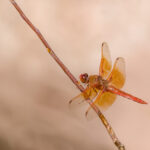
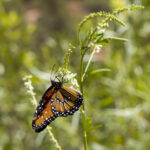
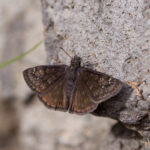
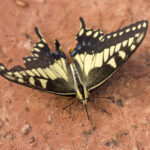
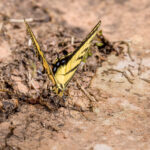
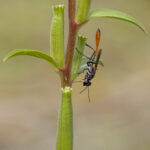
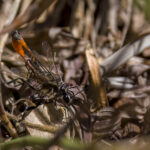
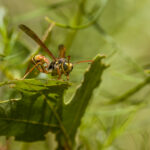
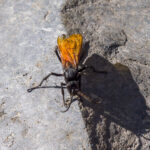
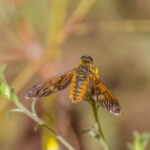
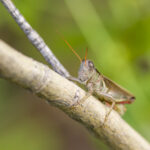
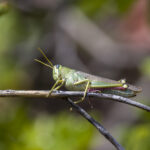
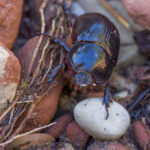
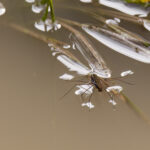
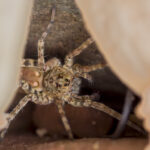
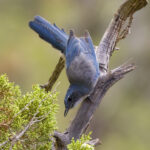
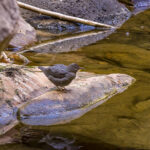
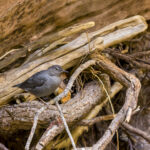
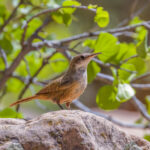
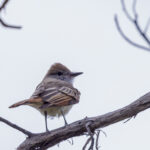
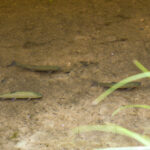
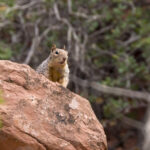
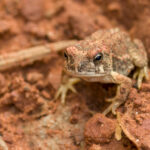
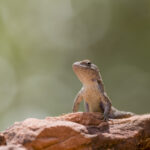
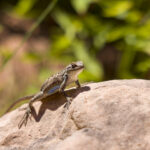
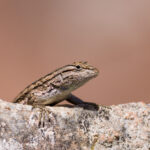
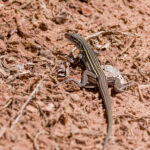
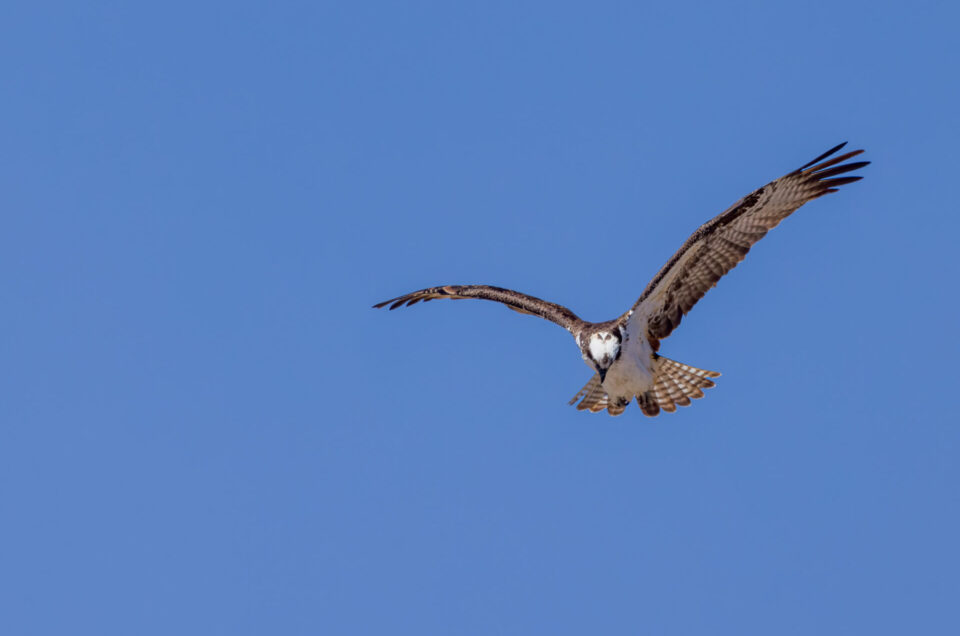


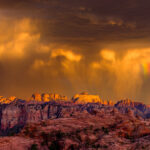
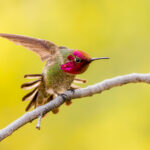
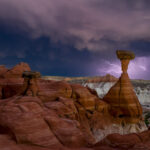

Leave a reply